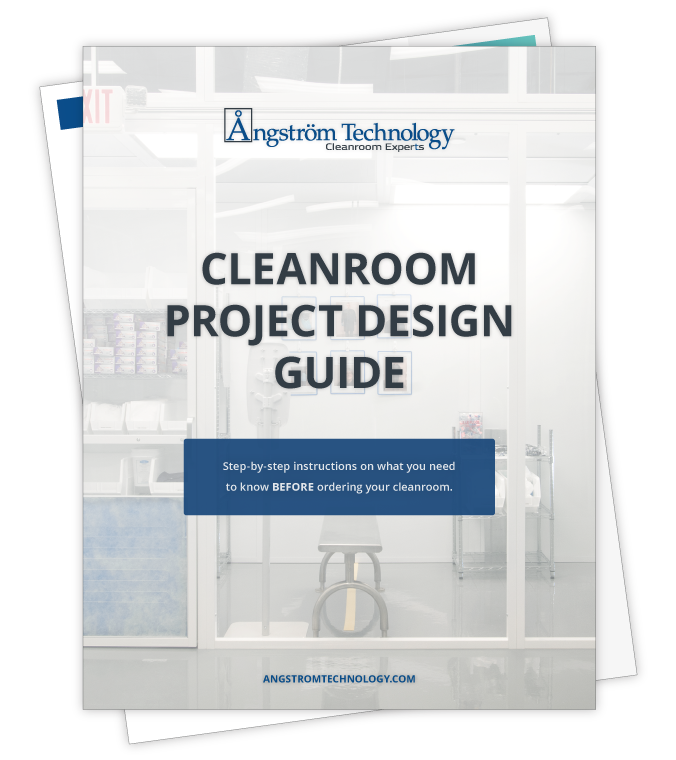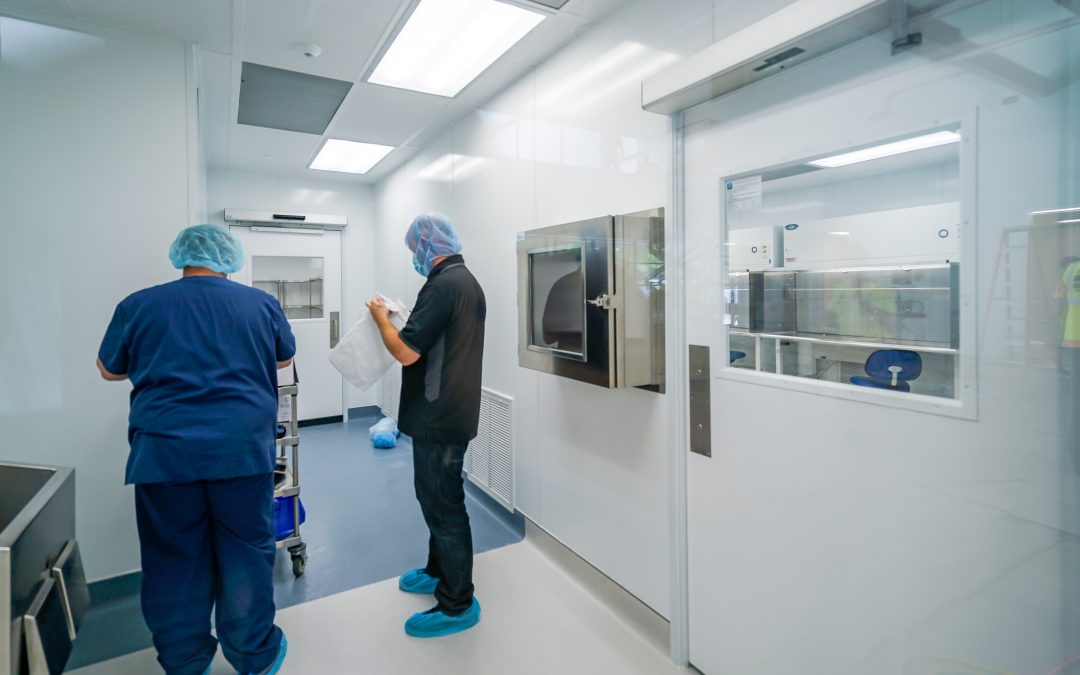Sustainability is more important than ever, especially when it comes to cleanrooms, which require a lot of energy. If you’re looking to design a cleanroom, sustainability should be one of your top priorities. The most obvious reason is that we all share a responsibility to use our limited resources efficiently and sparingly, but in addition to that, using sustainable practices can save you money on your energy costs and can be important to your customers and shareholders. Here are a few things to consider when designing a cleanroom with sustainability in mind.
Water Use
Pretty much every cleanroom is going to use water, so conserving water is a necessary factor in sustainable cleanroom practices. This means determining how water is used in your cleanroom, and how much is used, as well as reducing, recycling, and reusing water if possible. Some ways to reduce water use are through low-flow sinks and low flush toilets. Some cleanrooms and labs even incorporate systems that collect rainwater or reuse and filter gray water from sinks, which can definitely save water and save money on your water bill.
Fume Hoods
Fume hoods use a lot of energy, so automatic fume hood options are essential to saving energy. Select fume hoods with automatic shut-off or smart controls that ensure the sash is closed when the fume hood isn’t being used. Ductless fume hoods are also a more sustainable and energy efficient option and reduce the pull on your HVAC system.
HVAC Systems
One way to make your HVAC system more sustainable is to simply have one that is the right size. Sometimes, companies install HVAC systems that are bigger than needed in case of extreme or emergency situations or heavy overloads. But these extreme situations happen rarely, if ever. So, if your system is more powerful than your application requires, you’re spending extra money for all that extra power and energy that you’re using that you don’t really need.
Chilled Beams
If you really want to incorporate sustainable practices, consider using chilled beams instead of a forced air heating and cooling system. Though their initial cost is higher than traditional systems, the energy (and cost) savings, in the long run, can be immense. Rather than requiring reheat or fan energy to cool the air, they rely on a simple scientific principle: warm air rises. So, when warm air rises, it hits the chilled beams, is cooled and circulates back down to the floor.
Looking to design a cleanroom sustainably? Contact Angstrom Technology to speak with a cleanroom design engineer about your project.
Get Instant Access to Our Cleanroom Design Guide
The Most Comprehensive Guide for Cleanrooms and Modular Offices



